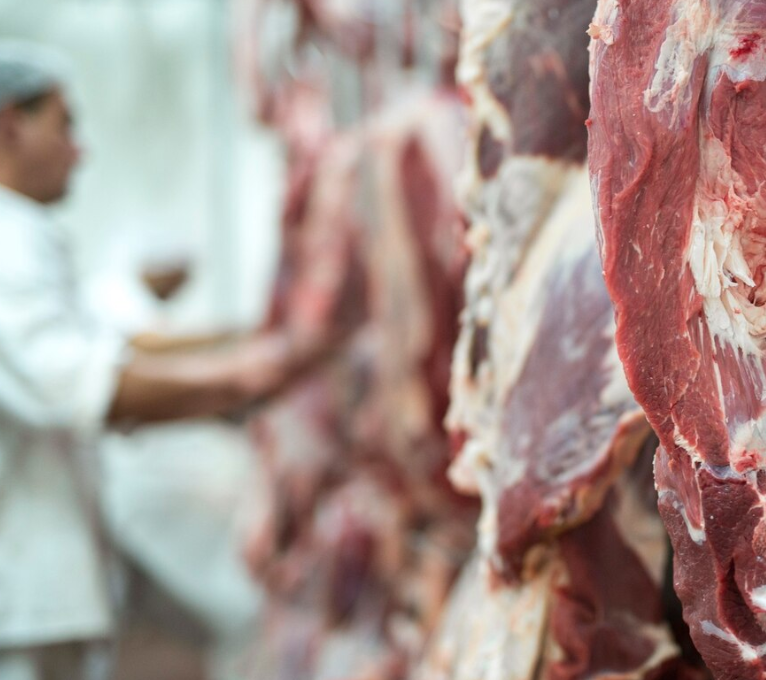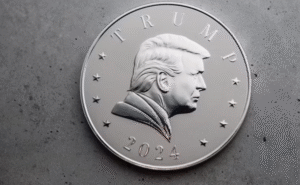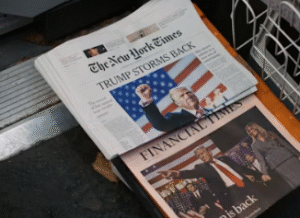$COW $FCE.U #CattleMarket #FuturesTrading #AgricultureInvesting #CommodityNews #Livestock #MarketTrends #InvestWisely
What Does Friday’s Mixed Cattle Market Mean for Your Investments?
In the latest cattle news, Friday’s trading session concluded with a mixed bag of results for live cattle futures. The contracts exhibited stability, with prices fluctuating between steady levels and a decline of up to 25 cents. Meanwhile, deferred contracts showed positive movement, gaining between 40 and 50 cents. Notably, the October contract fell by $1.77 this week, signaling potential shifts in market dynamics.
Cash trade this week settled at $235 in the Northern regions, representing a decrease of $3 from previous levels. In the Southern markets, cattle were trading in the range of $235 to $237, also down by $3. These price adjustments reflect the ongoing volatility and competitive pressures within the cattle market.
Understanding the Market Movements
Investors should pay close attention to these fluctuations as they can provide insights into broader economic trends. The decrease in cash trade prices indicates a potential oversupply or weakening demand, which may affect future pricing strategies. As market participants analyze these trends, understanding the underlying factors becomes essential for making informed investment decisions.
Additionally, the mixed results in futures contracts suggest that while some investors remain optimistic about future price increases, others are cautious due to current market conditions. This divergence in sentiment can create opportunities for savvy investors who are well-versed in market dynamics.
Factors Influencing Cattle Prices
Several factors contribute to the current state of the cattle market. Weather conditions, feed costs, and consumer demand play pivotal roles in shaping prices. For instance, adverse weather can lead to increased feed costs, which in turn impacts cattle production and pricing. Furthermore, shifts in consumer preferences for beef or alternative proteins can significantly influence demand.
Moreover, geopolitical factors and macroeconomic indicators can also sway cattle prices. As global trade policies evolve, investors must remain vigilant to any developments that could affect the supply chain. Staying informed about these dynamics will be crucial for making strategic investment choices.
Investment Strategies Moving Forward
Given the mixed signals from the cattle market, investors may want to adopt a diversified approach. This could involve exploring various investment vehicles and strategies to mitigate risks associated with price fluctuations. Analyzing historical trends and employing technical indicators can help investors better anticipate future movements.
Consider allocating a portion of your portfolio to livestock-related investments, as this sector can provide a hedge against inflation and economic downturns. By understanding the intricacies of the cattle market, you can position your investments to capitalize on potential growth opportunities.
In summary, the mixed Friday close in the cattle market highlights the importance of vigilance and adaptability in your investment strategy. By staying informed about cattle news and market trends, you can make educated decisions that align with your financial goals.
For more insights into investment opportunities, explore our stock analysis and stay ahead in the ever-evolving financial landscape.







Comments are closed.